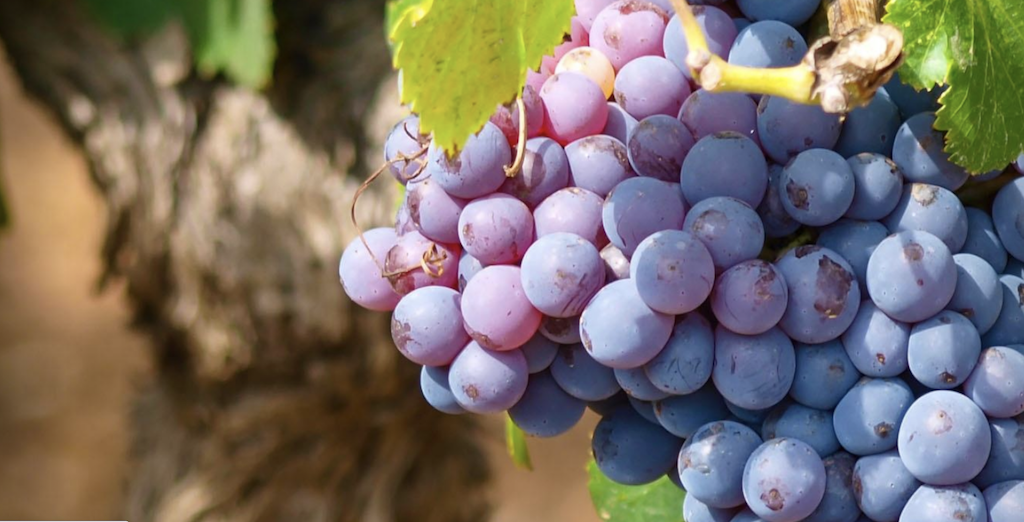So Many Choices
Zinfandel is one grape, but not one wine.
It is a red grape whose juice is clear. The winemaker decides how long to let the juice remain in contact with the stems, seeds, and skins, which causes clear juice to assume the red color. Layer on the ripeness of the grape, a no rules attitude, and a winemaker can choose any number of styles, which makes it a great wine tasting experience!
White Zinfandel – A blush wine produced from red Zinfandel grapes whose juice is separated from the skins and seeds after crushing, and is then fermented like a white wine. In the case of White Zinfandel the wine is not fermented dry, with residual sugar giving the wine a light sweetness. These wines typically receive no barrel aging.
Zinfandel Rose – A blush wine that is typically fermented dry. The juice may be bled off after a very short amount of skin contact giving the wine a deeper, rose color. Light, spicy, and berry flavored, these wines are typically produced from less mature red Zinfandel grapes that receive little or no barrel aging.
Zinfandel Table Wine – A red wine produced from Zinfandel grapes picked at an optimal balance of sugar and acid yielding wines with 13.5% to 14.5% alcohol. Extended skin contact during fermentation and aging in fine oak barrels generally produces wines with an intensely fruity character, plus the balance and complexity expected of fine wines.
Zinfandel “Big Style” – A red wine produced from Zinfandel grapes that are riper than those used for the table wine style. These wines are notable for the intensity and complexity of their fruit flavors and often contain a “jammy” component in both bouquet and flavor. Within the big style is a range of approaches to acid and tannin, from softer wines with less acid and tannin, in which the fruit is the focus, to highly extracted wines with significant structure and tannin levels. These wines have alcohol levels typically between 14.5% and 16%.
Late Harvest Zinfandel – In most cases a dessert wine made from extremely ripe grapes, often with a noticeable 1-3% residual sugar. Intensely concentrated fruit dominates these wines, with flavors of prunes and raisins starting to show up when the grapes are overripe. Alcohol levels are typically over 15.5%.
Zinfandel Port – A fortified dessert wine made from overripe grapes. Distilled grape spirits are added to the fermentation to halt it before all of the sugar is converted to alcohol. Zinfandel Port usually has flavors and sweetness similar to Zinfandel Essence but with a higher alcohol level.
Fun fact! Pink wine saved the old vines.
During the replanting of California’s vineyards in the 1960’s and 1970’s, acres of Zinfandel were ripped out to make way for the new darlings of the vineyards, Cabernet and Chardonnay.
One vintner who kept his Zinfandel grapes was Bob Trinchero of the Sutter Home Winery, who used them to produce a dry, rosé-style wine. In 1975, while his grapes were fermenting, the yeast died before the wine’s sugar was converted to alcohol. He decided to try selling the resulting slightly sweet pink wine. Many Americans still had a “sweet tooth” for wine, and his “blush,” called White Zinfandel, was a runaway hit.
